H. Song
Neurosymbolic Reinforcement Learning and Planning: A Survey
Sep 02, 2023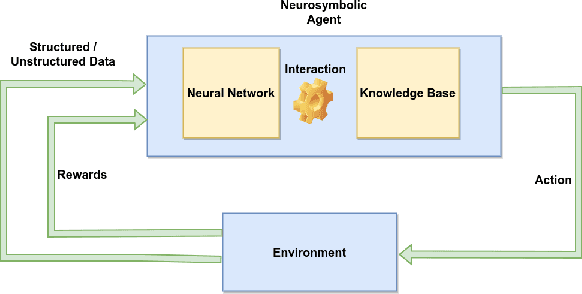
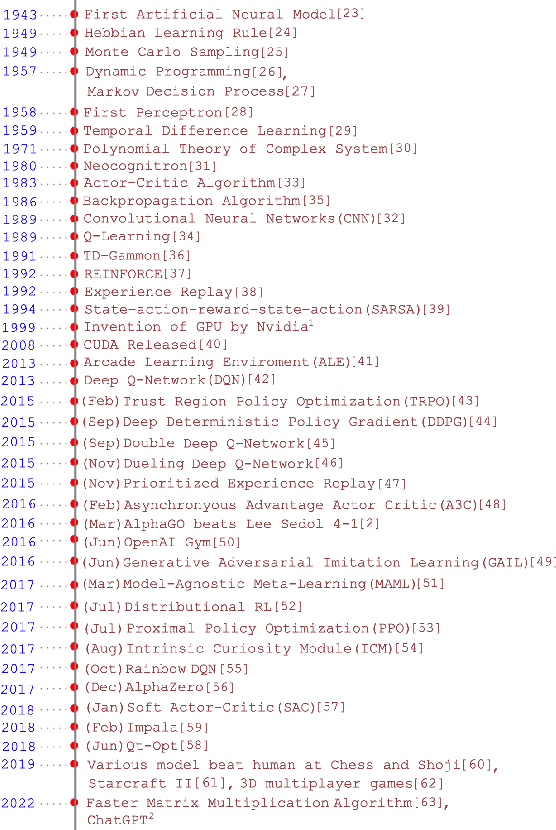
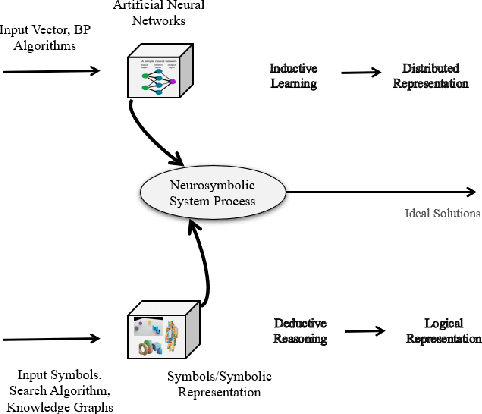
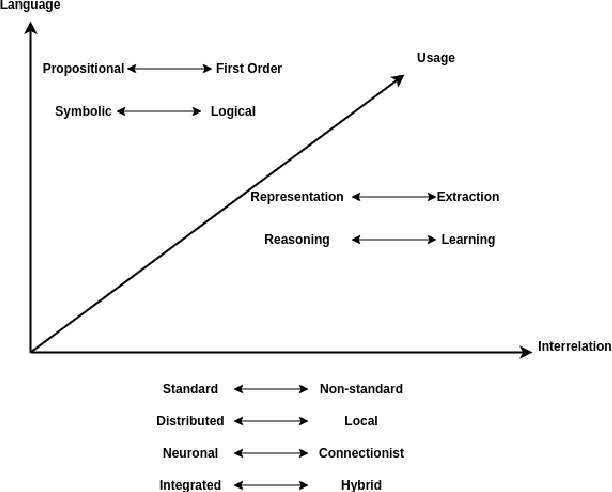
Abstract:The area of Neurosymbolic Artificial Intelligence (Neurosymbolic AI) is rapidly developing and has become a popular research topic, encompassing sub-fields such as Neurosymbolic Deep Learning (Neurosymbolic DL) and Neurosymbolic Reinforcement Learning (Neurosymbolic RL). Compared to traditional learning methods, Neurosymbolic AI offers significant advantages by simplifying complexity and providing transparency and explainability. Reinforcement Learning(RL), a long-standing Artificial Intelligence(AI) concept that mimics human behavior using rewards and punishment, is a fundamental component of Neurosymbolic RL, a recent integration of the two fields that has yielded promising results. The aim of this paper is to contribute to the emerging field of Neurosymbolic RL by conducting a literature survey. Our evaluation focuses on the three components that constitute Neurosymbolic RL: neural, symbolic, and RL. We categorize works based on the role played by the neural and symbolic parts in RL, into three taxonomies:Learning for Reasoning, Reasoning for Learning and Learning-Reasoning. These categories are further divided into sub-categories based on their applications. Furthermore, we analyze the RL components of each research work, including the state space, action space, policy module, and RL algorithm. Additionally, we identify research opportunities and challenges in various applications within this dynamic field.
KamNet: An Integrated Spatiotemporal Deep Neural Network for Rare Event Search in KamLAND-Zen
Mar 08, 2022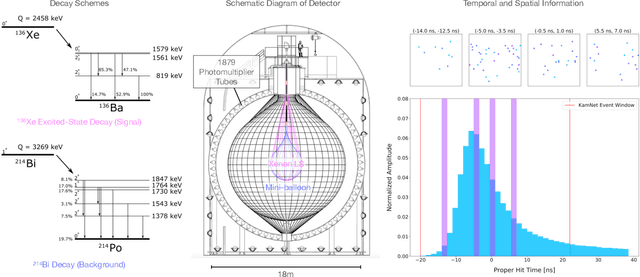
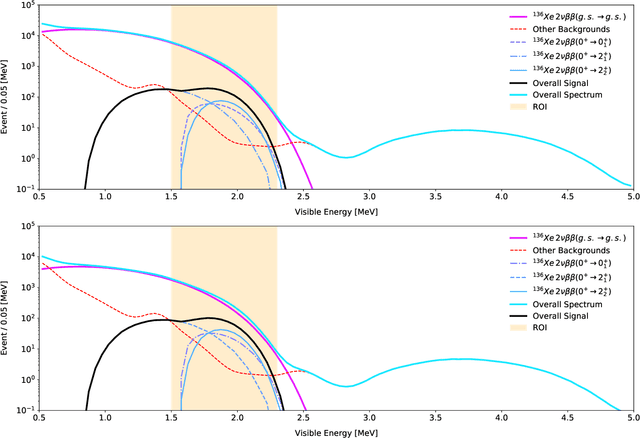
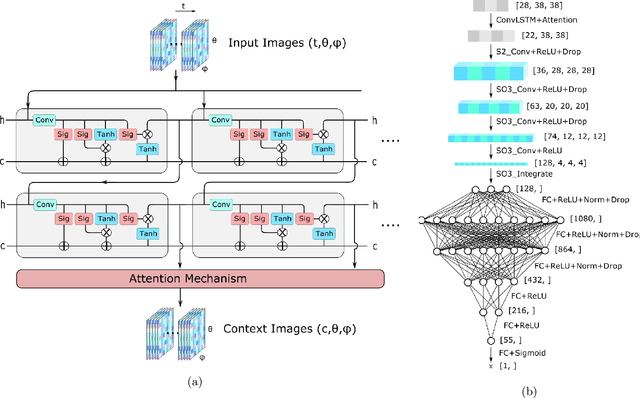
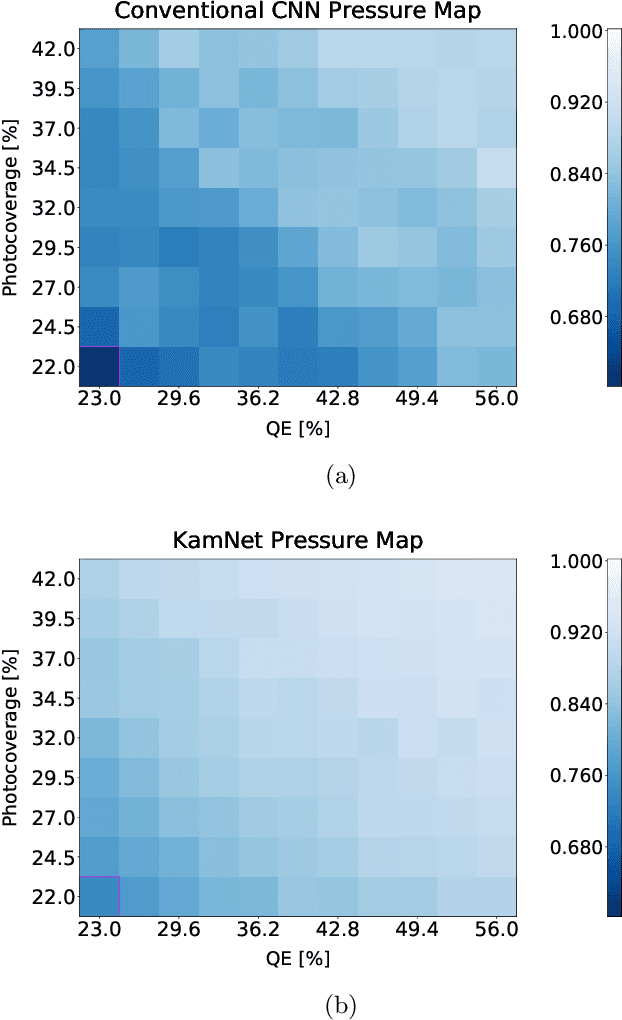
Abstract:Rare event searches allow us to search for new physics at energy scales inaccessible with other means by leveraging specialized large-mass detectors. Machine learning provides a new tool to maximize the information provided by these detectors. The information is sparse, which forces these algorithms to start from the lowest level data and exploit all symmetries in the detector to produce results. In this work we present KamNet which harnesses breakthroughs in geometric deep learning and spatiotemporal data analysis to maximize the physics reach of KamLAND-Zen, a kiloton scale spherical liquid scintillator detector searching for neutrinoless double beta decay ($0\nu\beta\beta$). Using a simplified background model for KamLAND we show that KamNet outperforms a conventional CNN on benchmarking MC simulations with an increasing level of robustness. Using simulated data, we then demonstrate KamNet's ability to increase KamLAND-Zen's sensitivity to $0\nu\beta\beta$ and $0\nu\beta\beta$ to excited states. A key component of this work is the addition of an attention mechanism to elucidate the underlying physics KamNet is using for the background rejection.
 Add to Chrome
Add to Chrome Add to Firefox
Add to Firefox Add to Edge
Add to Edge